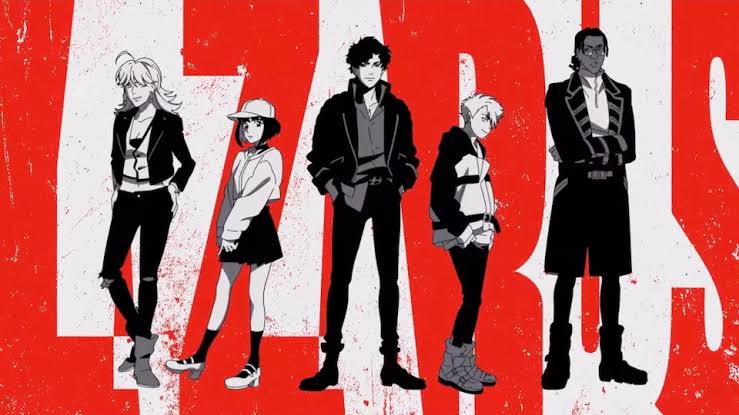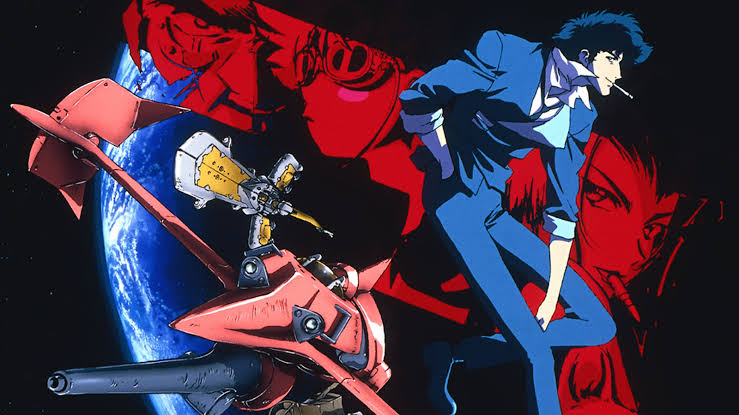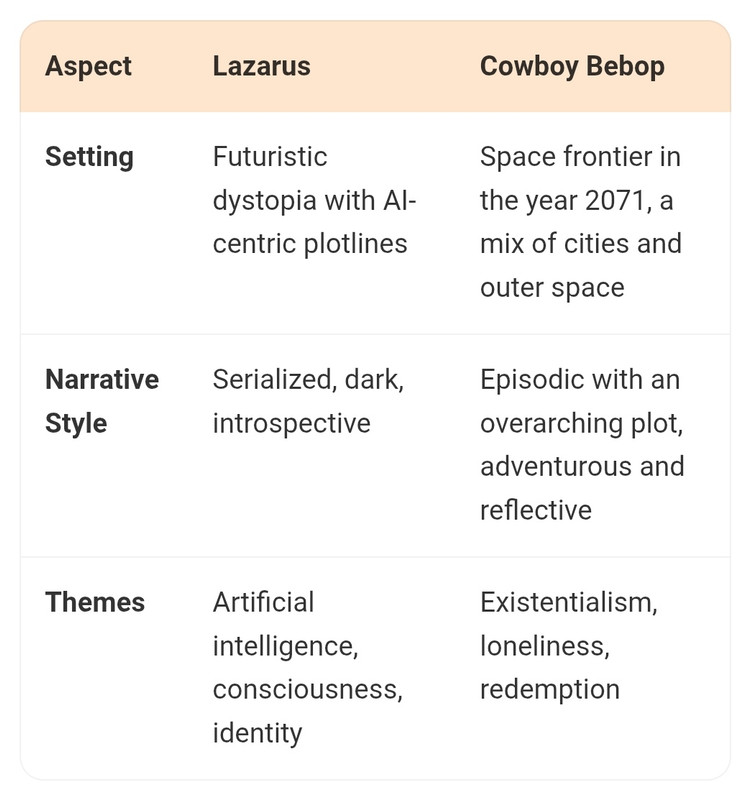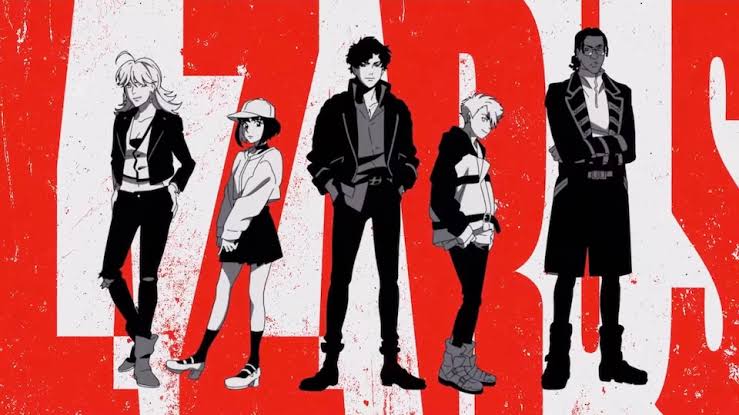
In the realm of science fiction anime and animation, Lazarus and Cowboy Bebop stand out as two influential and beloved series. While both delve into futuristic settings and explore deep philosophical themes, each offers a distinct narrative style, aesthetic, and cultural impact. This article offers an up-to-date, SEO-optimized comparison between Lazarus and Cowboy Bebop, highlighting their storylines, themes, animation quality, character development, and legacy.
What Is Lazarus?

Lazarus is a modern science fiction series that blends cutting-edge animation with a narrative driven by complex themes such as artificial intelligence, existentialism, and human identity. Emerging in the recent wave of anime influenced by advanced CGI technologies, Lazarus is celebrated for its dark tone, morally ambiguous characters, and a plot that challenges viewers’ perceptions of consciousness and reality.
What Is Cowboy Bebop?

Cowboy Bebop is a legendary anime series first released in 1998 and is widely credited with popularizing anime outside Japan. It combines a space-western aesthetic with jazzy music, episodic storytelling, and a cast of complex bounty hunters known as “cowboys.” Renowned for its unique blend of genres, philosophical undertones, and emotionally rich character arcs, Cowboy Bebop remains a timeless classic influencing countless creators and viewers worldwide.
Story and Setting Comparison

Lazarus often explores the blurred lines between human and machine, whereas Cowboy Bebop dives into existential isolation and the search for belonging.
Animation and Visuals
- Lazarus leverages advanced CGI and photorealistic textures, pushing the boundaries of modern animation technology.
- Cowboy Bebop uses traditional cel animation enriched with stylistic jazz influences and a noir-inspired color palette.
Both series have been praised for their visuals, but their animation techniques reflect the era and technology of their respective productions.
Music and Soundtrack
- Lazarus features a futuristic, often electronic score that complements its themes of artificiality and modern existential dread.
- Cowboy Bebop is iconic for its genre-defining soundtrack composed by Yoko Kanno and The Seatbelts, blending jazz, blues, and rock seamlessly with narrative tone.
The music in Cowboy Bebop stands out as a cultural milestone, often cited as one of the greatest in anime history.
Character Development
- Lazarus focuses on morally complex characters often struggling with identity crises related to their synthetic or augmented nature.
- Cowboy Bebop presents a well-rounded ensemble cast, each with a unique backstory and evolution, emphasizing themes of loss and hope.
Audiences appreciate both series for their strong characterization, but Cowboy Bebop’s approachable episodic format offers more emotional variety.
Cultural Impact and Legacy
- Cowboy Bebop is a cornerstone of anime culture with widespread influence on Western and global audiences and has inspired a live-action adaptation.
- Lazarus, while newer, is gaining traction for pushing narrative and technical boundaries in sci-fi animation.
Both series contribute uniquely to sci-fi storytelling, though Cowboy Bebop’s long-standing legacy casts a large shadow.
Conclusion
While Lazarus and Cowboy Bebop share a genre and explore similar existential questions, their executions differ significantly. Lazarus serves as a modern, visually groundbreaking exploration of artificial intelligence and identity, whereas Cowboy Bebop remains a hallmark of genre blending, soulful storytelling, and timeless aesthetic.
For fans of philosophical sci-fi that balances action, character depth, and thematic substance, both shows offer compelling viewing experiences—Cowboy Bebop as a classic to revisit, and Lazarus as an exciting new frontier.
If you’re interested in exploring these series more deeply or keeping up to date with the latest in sci-fi anime, stay tuned and dive into the unique worlds of Lazarus and Cowboy Bebop.



Leave a Comment